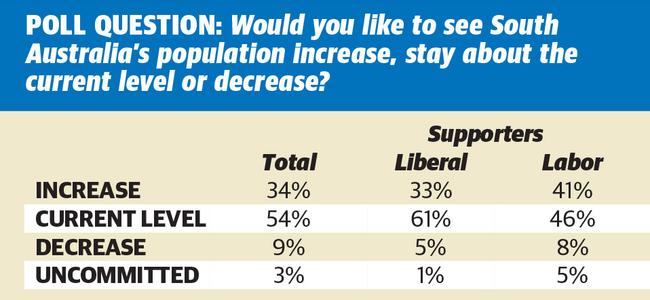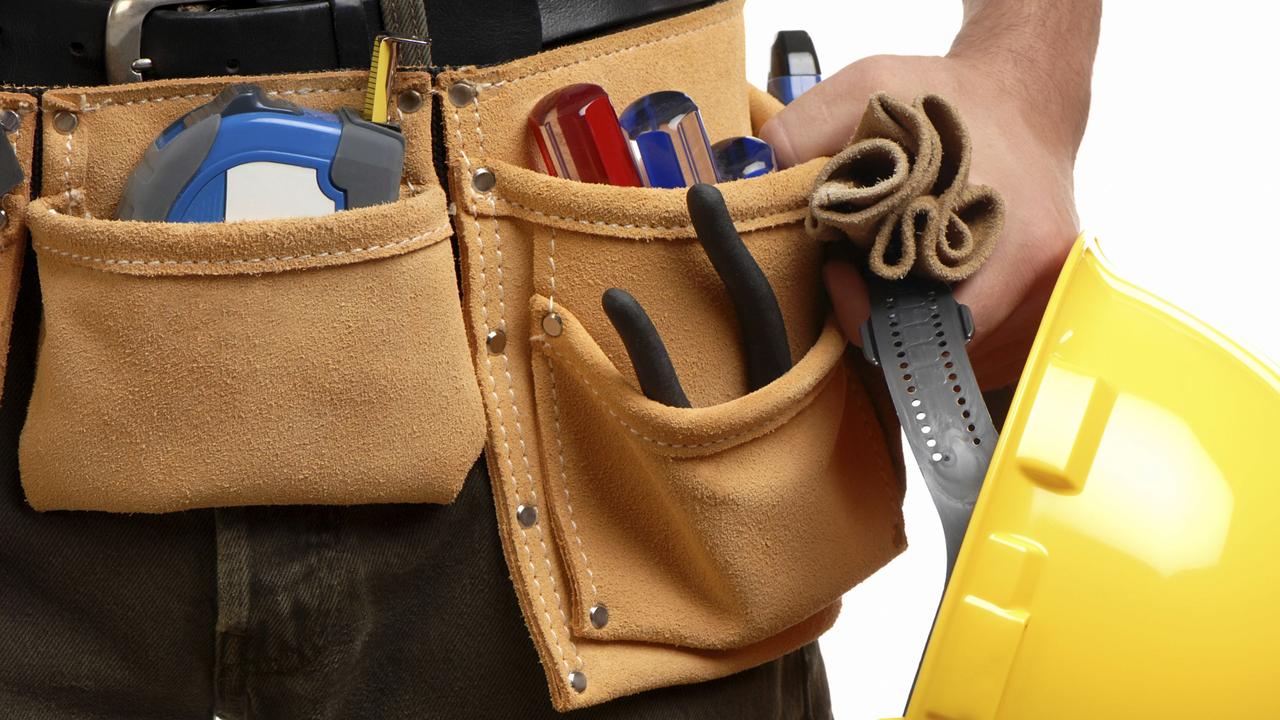New Federal migration program seeks to reverse South Australia’s declining population
South Australia will lose a seat at the next election thanks to its lagging population growth. Now the Federal Government is promising to lure immigrants in.
SA News
Don't miss out on the headlines from SA News. Followed categories will be added to My News.
- Nine inspiring stories of migrants who settled here
- New strategy to bring more migrants to SA
- 60,000 more people? Yes please
Australia has a people problem. Specifically, a people distribution problem. The population is clustered tightly around the bright lights of the big cities, leaving dark space in between.
Melbourne and Sydney are threatening to punish pollies at election booths because they are sick of long commutes and crowded trains, while regional towns are emptying out.
That “regional” includes Adelaide.
That’s why the State Government wants to hoover up more of the immigrants that arrive in Australia and has welcomed the Federal Government’s plans with relief. More people means economic growth. Enough people, and we get that lost electorate back based on an increased share of the population. That means a bit extra representation in Canberra.
More importantly, the lost electorate was a symbol that SA was falling behind the rest of the nation. Our brains were draining to the eastern states; our ageing population was producing fewer offspring; our world-class wines weren’t enough to entice people to move here.

The Federal Government had to release its long-promised immigration policy before the Budget.
The number of people coming to Australia have a direct effect on the economy and the Budget will be handed down on Tuesday week, so they had to put it out there despite the turbulent times and lots of smack talk on immigration in the wake of Christchurch massacre.
The plan includes:
CAPPING immigration at 160,000 instead of 190,000 for the next four years – although lately the real number has been close to 160,000 anyway with the tightening of visa controls, and putting more people on bridging and other temporary visas;
CREATING 23,000 extra regional visa spots, where workers can apply for permanent residency if they live and work in the regions for three years. Skilled workers will be priority processed, and;
SCHOLARSHIPS to tempt students – including international students – to study in regional areas. International students will also get an extra year’s work visa if they study in the regions.
The plan is more carrot than stick; you can’t force someone to live somewhere they don’t want to. You have to make it worth their while. Permanent residency is the carrot for migrants and an extra year’s work is the carrot for students.
Prime Minister Scott Morrison said yesterday that there will be more occupations listed under the Government’s skills program in regional areas, “so it is very much an encouragement program and incentive program”.
“I was in Adelaide yesterday with Premier (Steven) Marshall, he’s saying we want more people, so this facilitates that,” he said.
It sounds as easy as shuffling figures around on a map of the continent. It’s not that easy. Only the statistics will show whether Adelaide gets a significant bump from the changes. A bunch of people coming to Adelaide instead of Sydney may not be the population distribution Holy Grail.
And the chances of the morning commute in Sydney suddenly shrinking? Vanishingly small.
Australia’s population comprises the natural increase – births vs. deaths – as well as net migration – those who arrive minus those who leave. Immigrants are part of a bigger picture.
The numbers are rubbery, too, because there can be lags between visas being granted and actually used. And there are plenty of people here temporarily. The number of people visiting can lift and fall.
Also, much of the congestion that the Government wants to bust is due to infrastructure not keeping up with the population as it is; note that the “cap” will see the population continue to rise, just possibly more slowly. The number of migrants arriving yearly – say 160,000 – is not a fraction of the 25 million already here. It’s a fraction that comes on top of the 25 million already here.
Still, now the Federal Government has some figures to plug into the Budget. (One reported estimate was that the 30,000 cap cut would cost the Budget $500 million in lost tax contributions, while other reports say the number was kept to 160,000 to minimise the impact.)
Tricky numbers – but the announcement came against an even trickier political background.
Immigration has long been a flashpoint in politics. It is conflated with asylum seeker issues, and conservatives’ concerns over multiculturalism and Muslim immigration. In recent days senior Government figures have talked about asylum seekers taking hospital beds or being responsible for higher taxes.
Yesterday Mr Morrison was immediately questioned on why the cap was announced in the immediate aftermath of the Christchurch massacre.
A white supremacist murdered those Muslims; the far right immediately blamed immigration. As did One Nation’s Pauline Hanson. Both major parties have called for calm and unity. But tempers continued to flare.
Revenge attacks were threatened. Then Turkish President Tayyip Erdogan was rightly outraged at the Muslim deaths, but wrongly insulted the Anzac legend.
He invoked Gallipoli, saying any Australian arriving in Turkey with anti-Islamic sentiments would be sent back in caskets like their grandfather.
(A wag on Twitter pointed out that the only immigration problem involved in the Christchurch massacre was the immigration of the terrorist himself from Australia to New Zealand.) The Federal Government has come up with the immigration policy it will take to the election; but that won’t end its people problems.




